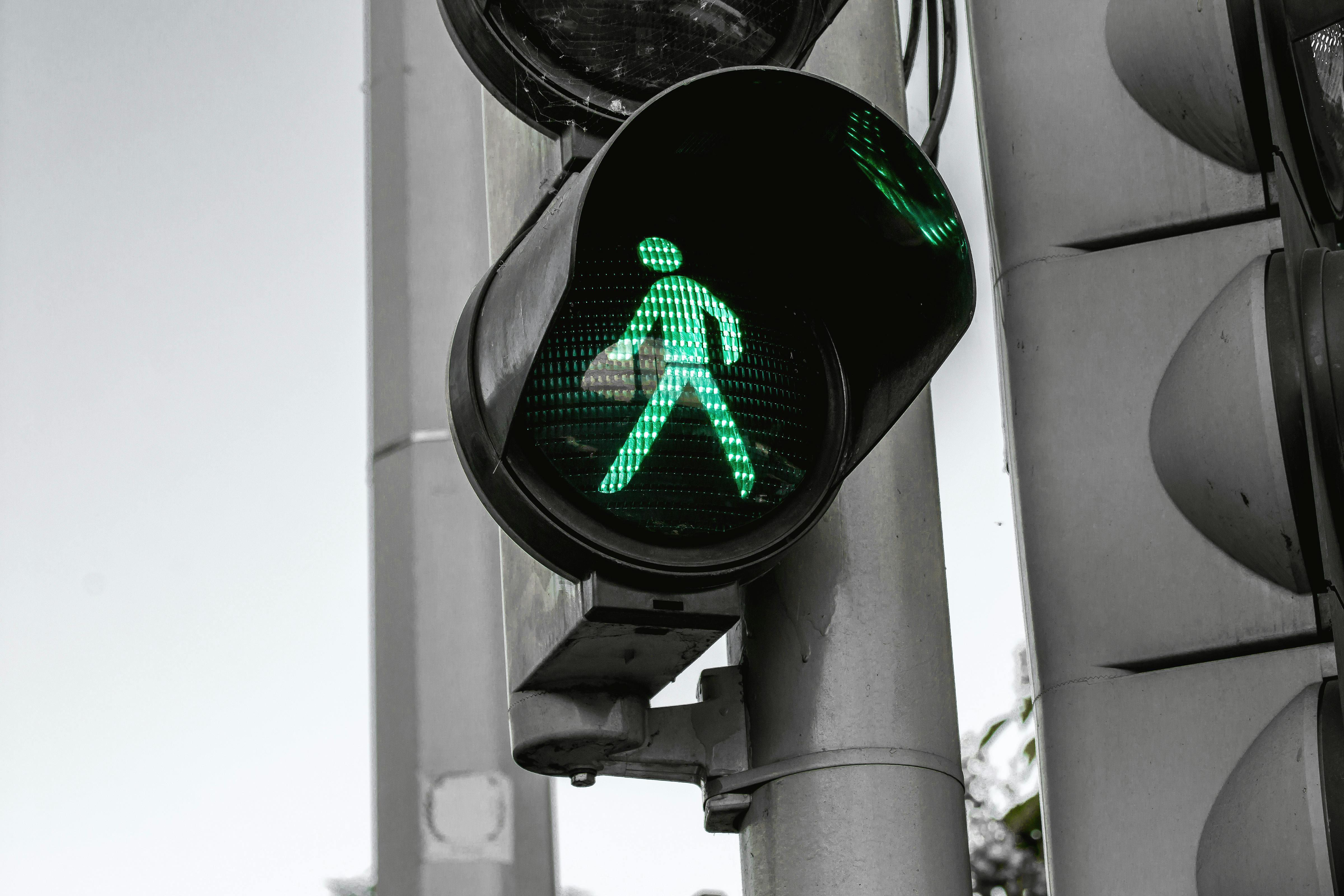High levels of carbon monoxide (CO), if found in the home, can present serious risks or even the risk of death. Carbon monoxide is a by-product of combustion and can come from faulty, improperly installed, or worn appliances, fireplaces, vents, and flue pipes. Wood burning appliances can be a source of CO. However, the most common suspects are petroleum, propane and natural gas appliances: water heaters, gas dryers, gas and oil furnaces, gas fireplaces.
Once, as a home inspector, a concerned man called me. He panicked that he might have a CO problem at home. I asked him a few questions and he relaxed. In the end, he had no wood burning devices and had an electric water heater, electric stove and dryer, and electric baseboard heaters. That was one individual who didn’t have to worry about CO levels, unless he was bringing a barbecue into the house during cold weather. I just didn’t have the CO devices in the home.
Personally, and it is beyond the standards of a regular home inspection, I test for carbon monoxide with a sophisticated test meter. I do this if I have a concern about an appliance on the premises, usually an older oven, sometimes a water heater. By the way, most gas stoves, as burners turn on, turn off the CO, hence the strong recommendation for a range hood over gas stoves. I will hold the CO detector in different locations, such as on fume hoods or near heat exchangers, but I was taught by an HVAC professional that one of the smartest things to do is to place the meter on a heat supply register. that is inside the house. This better simulates the level of CO exposure that is occurring in the home. FYI, here are some key CO levels and what to expect from them. They are listed in parts per million, the measure used:
9 ppm – Maximum concentration allowed for short-term exposure in a habitable area
35 ppm: maximum concentration allowed for continuous exposure, for 8 hours, in the industry
200 ppm: maximum concentration allowed in a 15 minute period. It is likely to cause headaches, nausea after a couple of hours.
400 ppm – Headaches within a couple of hours, life threatening after 3 hours. This is the maximum CO allowed in flue gases, so you can see why you don’t want a leaky exhaust in your furnace or water heater.
12,800 ppm: almost instantaneous death, 1 to 3 minutes to live. I know there are a lot of CO levels after 400ppm and up to this point, but after about 150ppm they are all bad for you.
Different home inspectors have different ways of looking at this problem. Some inspectors do not have, want or plan to buy, a CO detector. Personally, if I’m scared of a furnace or any installation, I feel better knowing that I put the CO meter next to it. Obviously, if the readings are high, I strongly suggest that the device is not used until an HVAC technician has been able to evaluate and repair or replace the unit. In general, if I don’t like the condition or age of the heater, even if the CO levels are normal, I recommend that an HVAC technician evaluate and service the heater and inspect the heat exchanger. A furnace, of any age, should be serviced annually. I run the CO test for my own peace of mind. That way I know that even if customers postpone HVAC service, they won’t be exposed to dangerous levels of CO. I do not want a client to fall asleep permanently after having inspected a home. Inspectors, who choose not to use a CO meter, will typically recommend HVAC service, as I described above, for almost all ovens.
I believe that unless a person lives in a home with electric heat and the proper electrical appliances, the new affordable CO alarms should be installed. These consumer “idiot alarm” emergency devices are not at all the same as a CO testing instrument. High levels of CO are needed to alarm consumer units; they are actually emergency devices. When these alarms go off, take it seriously: the device has detected significant levels of CO or is not working properly.
Specifications: A basic consumer CO alarm, unlike an expensive CO meter, has a time function tied to it, as it reads the concentration level. If the sample is below, say, 100 ppm, the consumer alarm may not warn for several minutes. But, if it detects 400 ppm, it will beep quickly. These units analyze the level of CO against time to simulate the absorption of CO in the body. The element of time is added to the equation to make false alarms less likely due to smokers, gas burners, and that sort of thing.
When installing CO consumption alarms, mount them as specified by the manufacturer, usually lower on the walls. Unlike smoke alarms, you don’t want them on the roof. That works for smoke, but is not recommended with carbon monoxide, a quiet, odorless killer.




